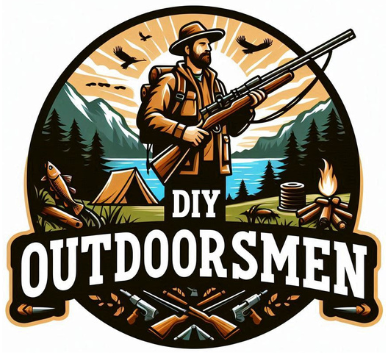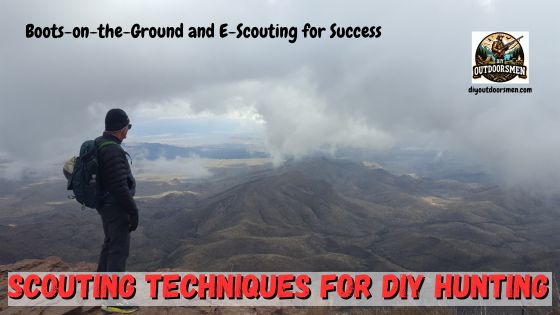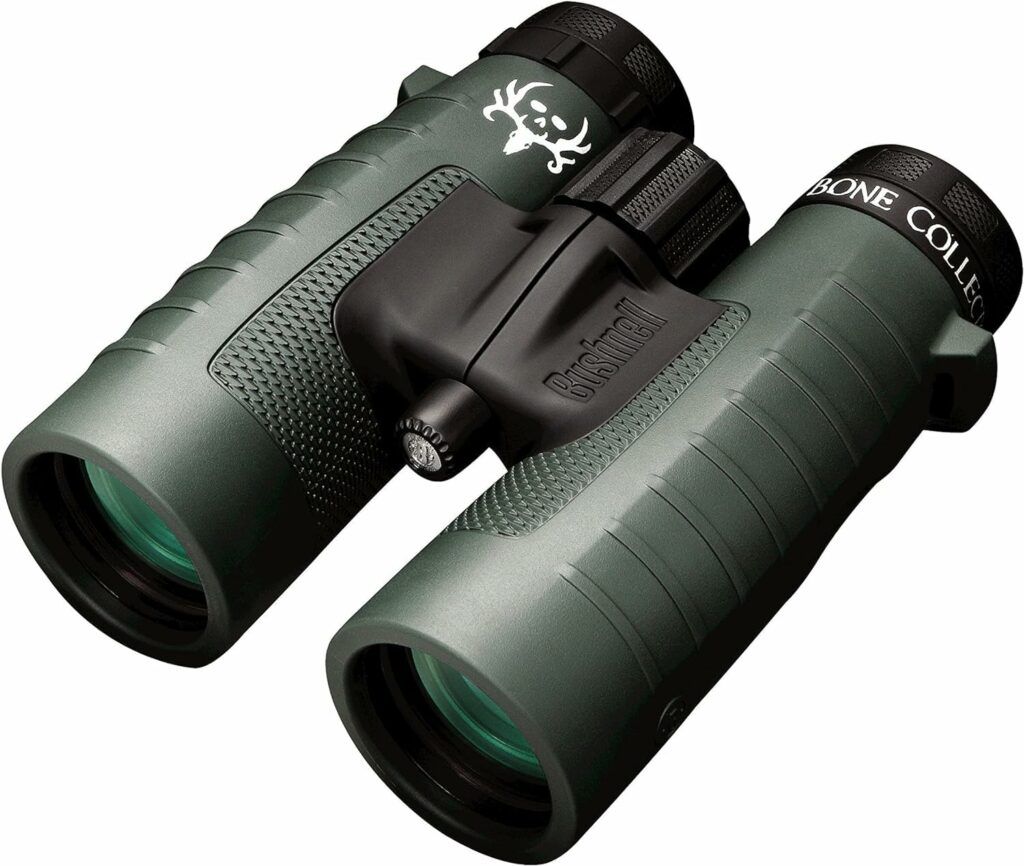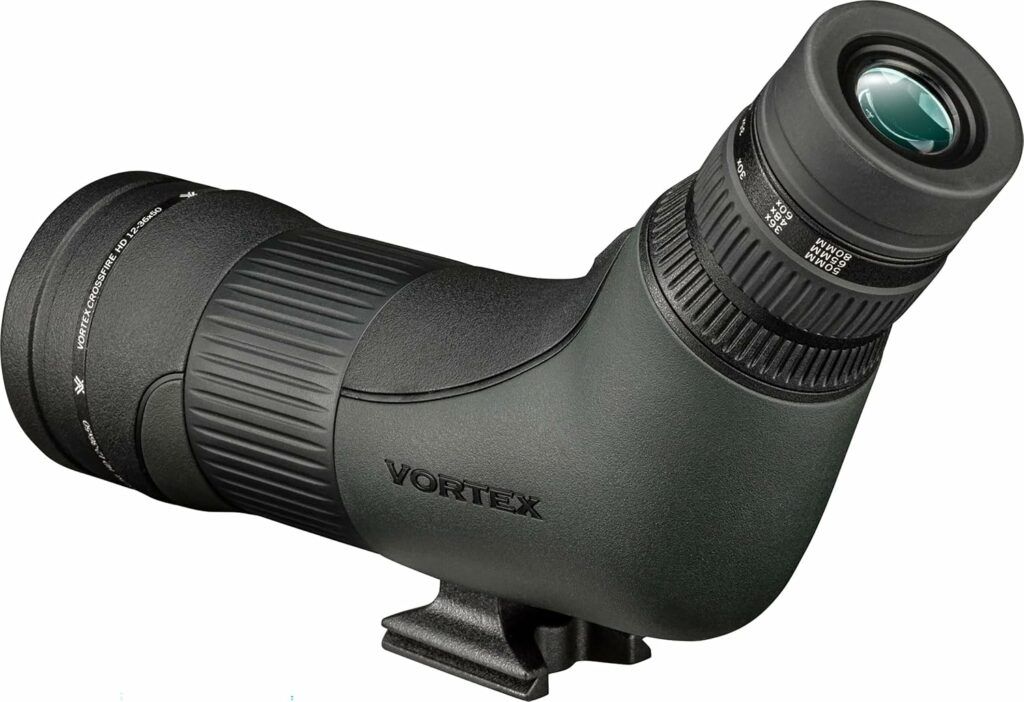Contents
Hunting success, DIY or otherwise, starts with planning and preparation well before the hunt. Scouting potential hunting areas is a critical part of this planning process. Think of hunting as constructing a pyramid.
KEY TAKEAWAYS:
Scouting is an important part of planning a successful DIY hunting trip. It is best to scout in person by spending as much time in the field as you can. If that is not an option or have limited time, E-scouting using the many tools and new technologies available can help you focus on the areas most likely to produce and thereby maximize your available scouting time. Plan your scouting as diligently as you plan your hunts and you will set yourself up with the best chance of success on your hunting trip.
The base has to be solid and that’s where scouting fundamentals come into play. It’s not just walking around hoping to catch sight of game; it’s deliberate, and strategic and hinges on knowing quarries’ habits and habitats.
First, you need to decide what game species you want to pursue and then you need a basic understanding of the habitat your target species prefers. This means being able to recognize feeding areas, water sources, and bedding spots. Decoding these gives you a rough idea of where your quarry might be at different times of the day and season.

Next, let’s talk about the movements animals make each season – it’s like they have a calendar we don’t know about. They shift areas for mating, feeding, changing weather, and avoiding pressure, so tracking these movement patterns means you’ll be in the right place at the right time.
And then having some knowledge of how to recognize and read animal signs is an important skill to develop for effective and successful boots-on-the-ground scouting. Signs such as footprints, scat, rubs, and scrapes tell you who’s around, what they’re doing, and sometimes, where they’re heading.
Making the Most of Tools and Technology with E-Scouting
Technology is a wonderful thing, and there are numerous apps, devices, and mapping tools available to us for scouting and planning our hunts. Nothing, however, will replace good old boots on the ground scouting. Spending time in the area you are considering for your hunt will always be the best and preferred method of scouting.
Looking for signs, feed areas, bedding areas, trails, and spotting animals all while getting a feel for the actual terrain of the area. But, before you make a trip to an area, you can narrow down your choices and pick the most likely areas by E-scouting using the many tools and technologies we now have available to us as hunters.
Many of us have limited time available to spend in the field scouting, and need to make the most of our available scouting trips. By utilizing online Maps, apps, forums, and satellite photos you can make maximum use of your scouting mission.
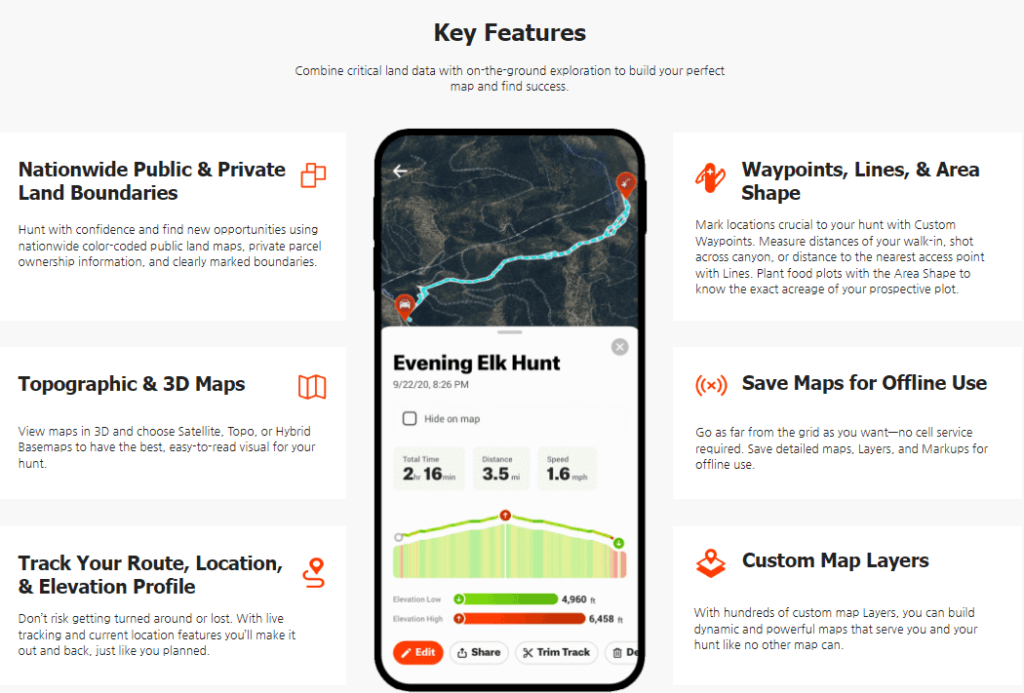
Tools and Technology for E-Scouting
When have more tools and technology available now than ever before. Online tools and resources to narrow your search and begin E-Scouting potential hunting areas. The internet age has brought us cool new tools like online topographic maps, and satellite imagery that help you find natural travel corridors, water sources, feeding areas, and more.
Perhaps the greatest tool we have available is the smartphone. With dedicated hunting apps, built-in GPS features, mapping apps, and weather apps, you now have more technology in the palm of your hands than the astronauts who went to the moon.
With your smartphone, you can now communicate, navigate, e-scout, drop waypoints, take photos and videos, and check the weather even when in the field. There are apps designed specifically for hunters such as On X Hunt, Hunt Stand, and others.
It is an awesome tool that makes scouting and hunting much safer and efficient. Your smartphone can even be linked to Trail cameras that will send pictures and video directly to your phone so you can see real-time game movements even when you’re not in the area. Be sure to check with the local Game and Fish Department on the rules for using game cameras.
You can follow animal movements and map out potential hotspots by pairing these cameras with GPS and mobile apps. It’s like putting together pieces of a big, wildlife puzzle. Solving this puzzle can lead you right to your target during hunting season.
Game and Fish departments are excellent sources of scouting information. Many have online mapping resources, game population information, and migration patterns. They also have biologists on staff who can give you firsthand information about game management units and animal locations.
Online forums, social media groups, and hunting-related businesses in and around your scouting area can also be a wealth of information and potential connections when scouting and hunting. And then you have drones. They take scouting to new heights — literally.
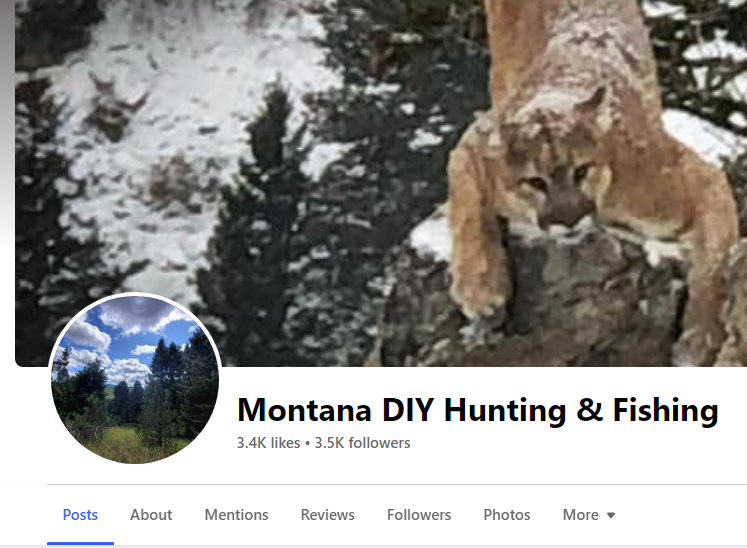
A quick flight can provide a detailed overview of the land, especially in hard-to-reach areas. But here’s a word of advice: make sure to check your local regulations. Drones are off-limits in certain areas, and you want your DIY hunting, and scouting, to be 100% legal and above board.
All of these tools and technologies are great but, nothing beats walking the area yourself. Taking the time to see the area firsthand. As good as these apps and online maps are, they can’t replace boots-on-the-ground scouting.
Efficient In-Field Scouting to Maximizing Boots-on-the-Ground Time
If you are fortunate enough to live in or near the area you are planning your DIY hunting trip, then scouting the area in person is not an issue. However, if you live out of the area, or have limited time for in-the-field scouting, then E-scouting beforehand can help you maximize your time by focusing on the areas with the most potential and eliminating the areas that don’t.
Planning is crucial; know the areas you intend to visit and the goals for each trip. You want to be able to spend as much time as possible scouting the area and, taking notes might seem old school, but it’s gold. Jot down details like animal signs, tracks, and feeding areas.
A waterproof notebook or a phone app can keep your data organized. Remember, the more detail you capture, the better your strategy can be refined. A good pair of binoculars or spotting scope can come in handy for scouting the area and spotting animals from a distance.
You want to gather as much data and information on the area with the limited amount of time you have. Take note of animal sightings, animal signs, and habitat features such as water sources, feeding areas, game trails, and the terrain you will be navigating.
Depending on how you plan to hunt the area, you may want to scout for campsites and access points such as hiking trails, roads, or ATV trails. When you’re done scouting you should have a much better feel for the area and a ton of information to analyze.
Analyzing Your Scouting Data and Putting it All Together
OK, by now you’ve got a solid amount of scouting data both from E-scouting and from actually spending time in the field. It’s a mix of photos, notes, and maybe some video. After collecting all of this scouting data, it’s puzzle time.
This is where the puzzle starts to come together. The goal? To predict where and when your target species will be. Here’s how to sift through the information strategically. Start by considering the habits of your quarry.
Deer, for instance, are creatures of habit. Did your trail cameras capture one visiting the same spot repeatedly? That’s information gold. Just don’t forget to check the timestamps. The behavioral patterns related to time of day, weather conditions, and hunting pressure are invaluable.
Now, it’s one thing to have data, it’s another to make sense of it. I like to think of this as layering. You’re stacking GPS data, camera shots, and personal observations to create a comprehensive picture. It might involve a spreadsheet, a map, or even a custom app where you can add waypoints and descriptions.
Whatever tool you use, the aim is to identify critical movement corridors, feeding areas, and bedding spots. Then, it’s decision time. Your scouting has likely revealed multiple potential hunting spots. It’s tempting to try them all but remember, you’re not trying to cover every inch of the woods.
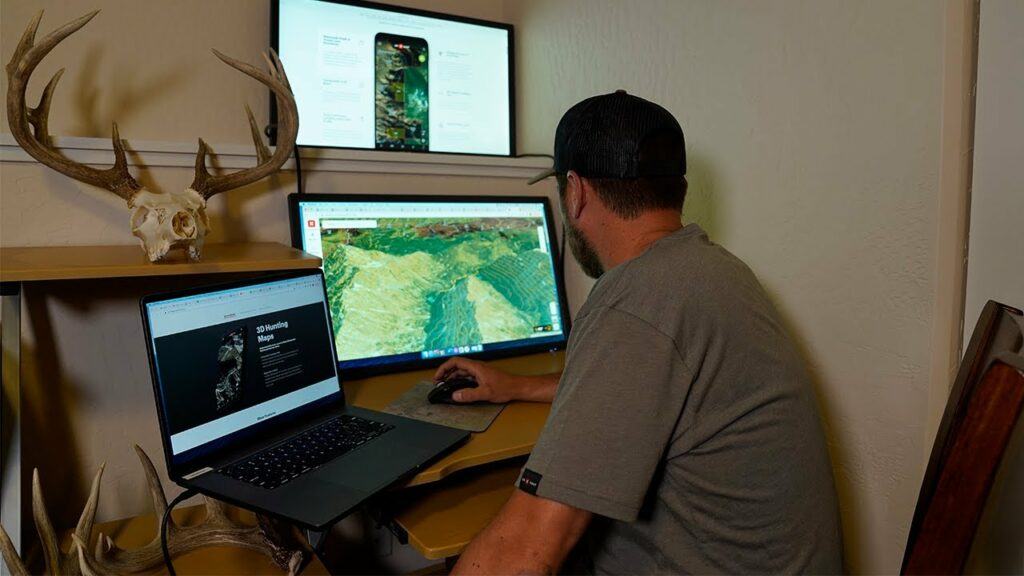
You’re strategically deploying your precious time and resources. Pick the spots with the most consistent activity and closest to natural bottlenecks for traffic. And remember, your strategy is not set in stone. If something isn’t working, adapt.
Animals change patterns often—weather, predators, and human activity can influence their behavior overnight. Be ready to pivot and let the real-time data guide you. Your versatility and adaptability in the field are just as crucial as the time you spent collecting data.
Apply These Scouting Tips for Your DIY Hunting Success
Scouting and DIY hunting aren’t just about the pursuit of game; they embody a practice of respect and responsibility towards nature and the laws that govern wildlife management.
Ensuring you’re well-versed in local hunting regulations is crucial, not only to stay on the right side of the law but also to support sustainable hunting practices.
While technology offers us incredible advantages in scouting and DIY hunting, it’s important to align its use with fair chase principles.
Always consider whether your methods could give you an unethical advantage or diminish the challenge and tradition of the hunt.
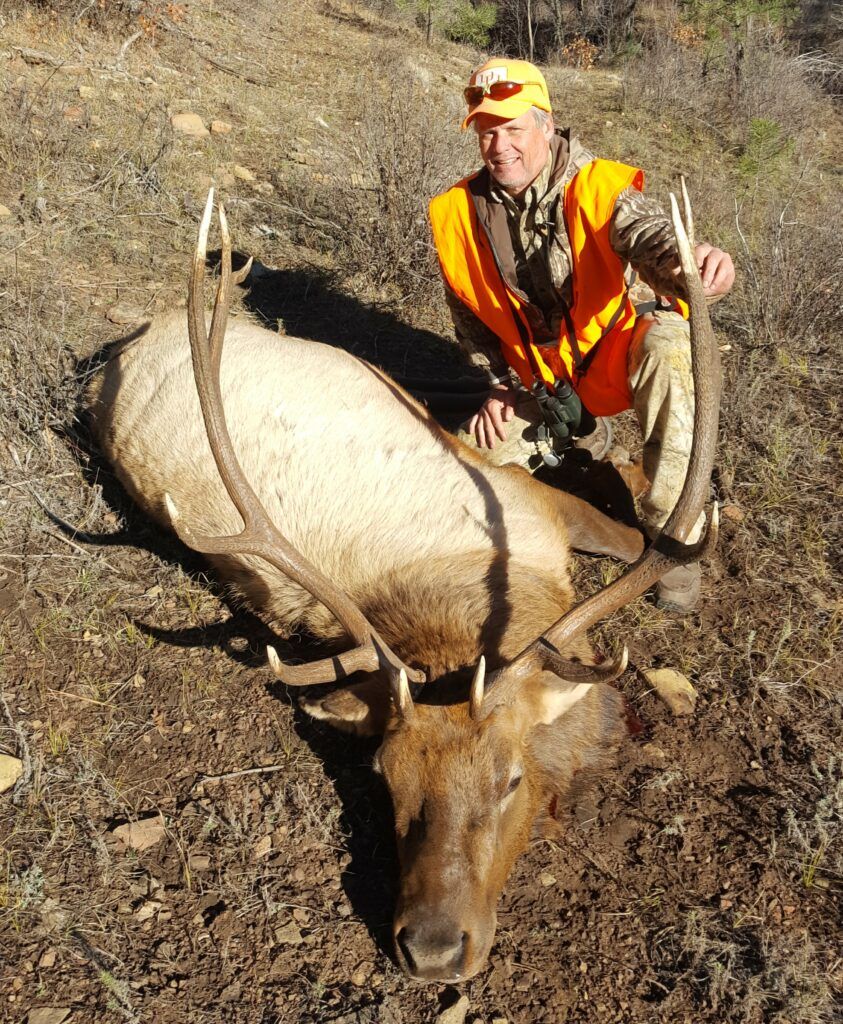
As always, stay safe, enjoy the journey and please try to leave it cleaner than you found it. If you have any comments, questions, ideas, or suggestions please leave them in the comment section below and I’ll get back to you ASAP. You can follow us on YouTube: Man Art Creations for videos of our DIY Adventures.
Check out these Related Articles:
- Bow Hunting For Mule Deer

- Best Public Land Mule Deer Hunting

- Drone-Based Scouting Services For Mule Deer
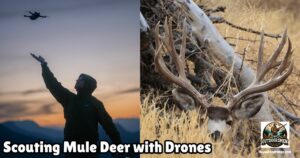
- Late Season Mule Deer Hunting Tips
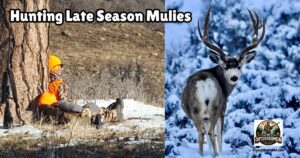
- 8 Tips for Dealing with Hunting Pressure While Mule Deer Hunting
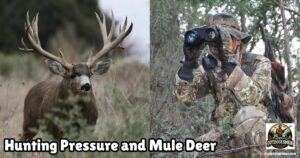
P.S. – Thanks so much for checking out our blog we really appreciate it. Just so you know, we may receive a commission if you click on some of the links that appear on our site. This helps us keep our content free and up-to-date for everyone. We appreciate your support!
